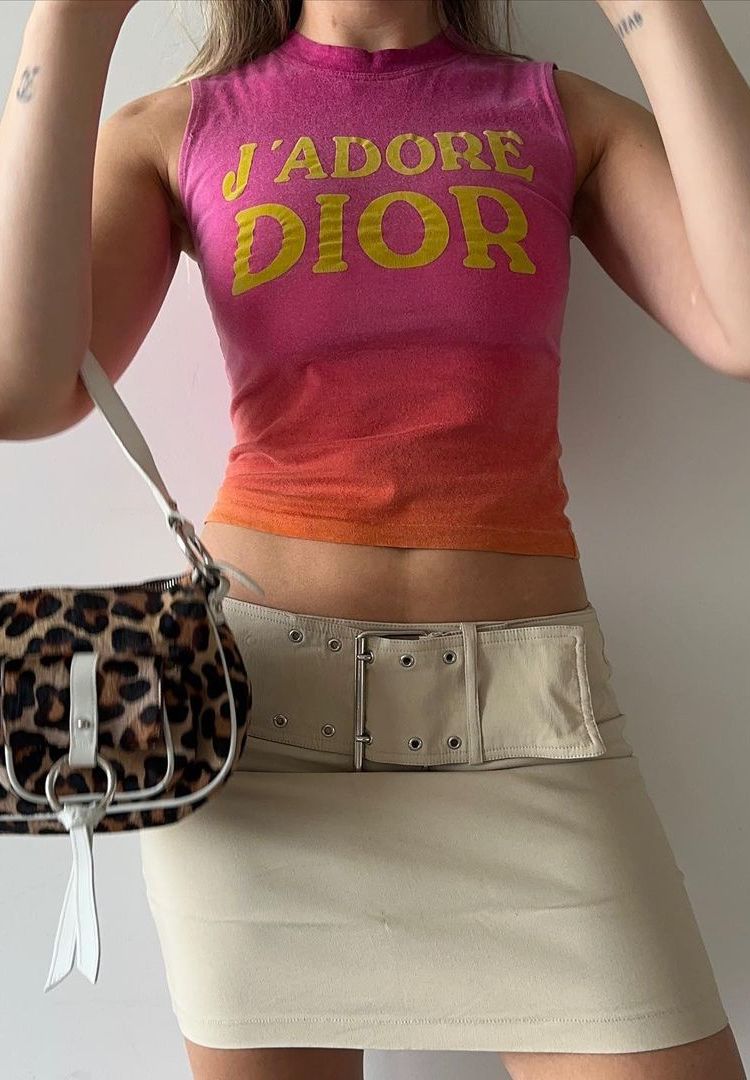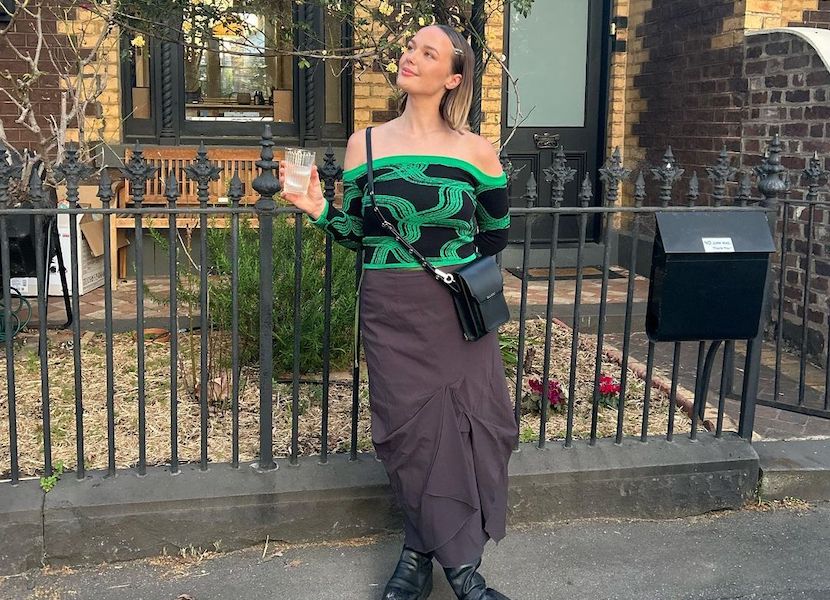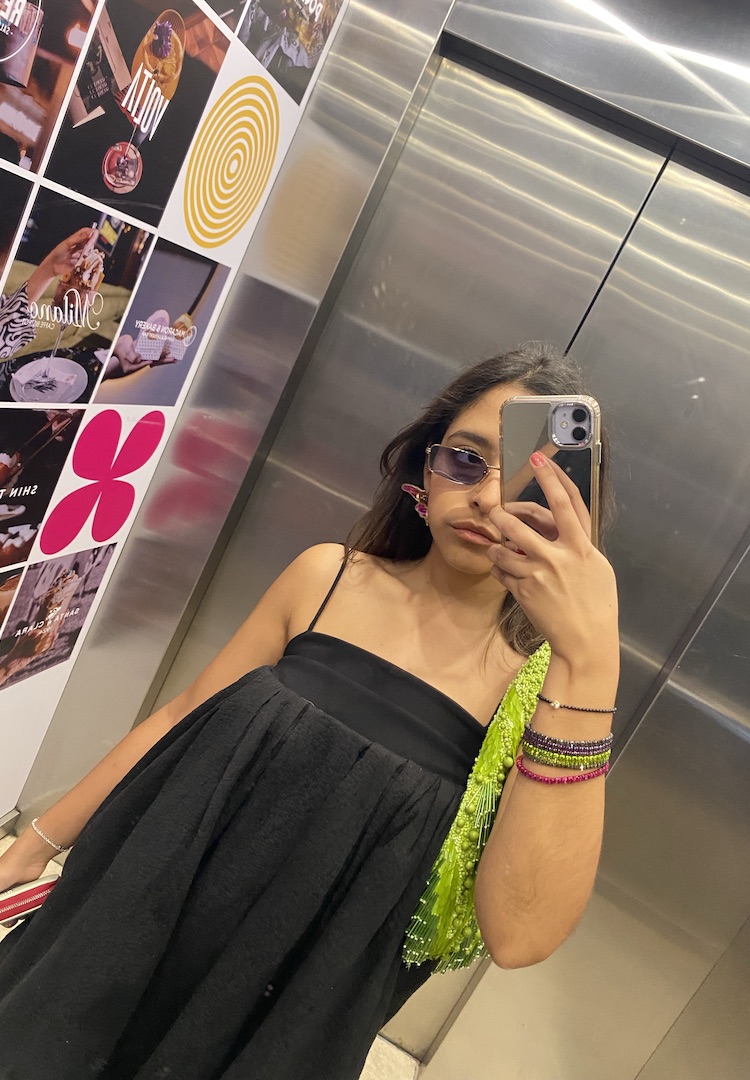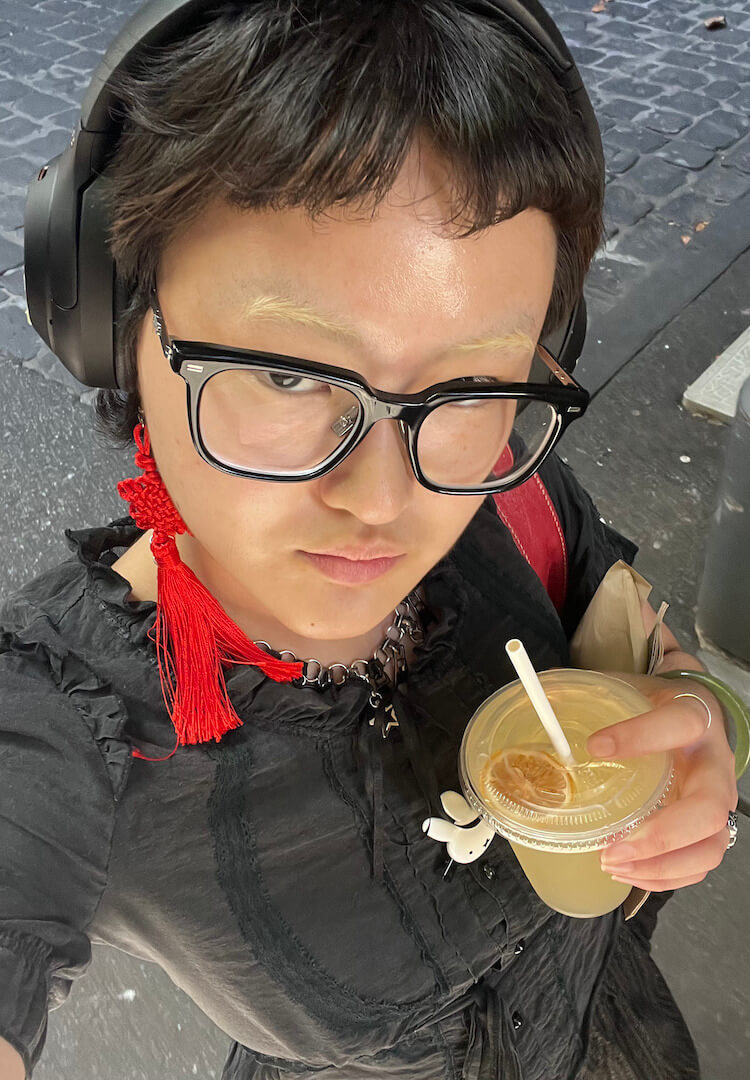How sizing up my clothing changed my relationship with getting dressed
IMAGE VIA @rubystaley_/INSTAGRAM
WORDS By Ruby Staley
“Once I hit puberty, my body changed almost overnight and my brain had a hard time catching up.”
For years, I endured sweaty changing room scenarios, staring at myself under harsh downlights trying to squeeze into another pair of size eight jeans. In my mind, this was my size – this was who I was. It’s almost always been the number I’ve associated with my body, and even considering jumping up a size or two was frightening to me.
This denial that maybe I naturally grew out of ‘my’ size is something that caused me to wear dresses, skirts, shirts and pants that were painfully too tight for a long time. As a caveat to this discussion, I’m aware I benefit from the immense privilege that comes with being ‘straight sized’. This means I can typically walk into a store and buy a piece of clothing that fits me straight off the rack.
For more fashion news, shoots, articles and features, head to our Fashion section.
Many people with larger bodies don’t have the luxury of sizing up because, unfortunately, broader size ranges aren’t available from a surprising amount of retailers and brands. Modern beauty ideals are still fatphobic and sizeist and this has a direct impact on the way clothing is sized.
Currently, I still reside in the realm of ‘straight sizing’ when it comes to purchasing clothing, so I cannot speak to the experience of so many people who can’t find clothing that fits them at most retailers. However, this doesn’t stop smaller-sized people from feeling shitty about their bodies and fixating on what size their clothes are.
Since I started consciously selecting and styling clothes for myself, I’ve always wanted to fit into the smallest size possible. During primary school, it was fitting kids’ clothes, and in high school, it was never being above a size six or eight. Growing up, I was petite – I was a gymnast for the first 15 years of my life – so I always saw myself as a small human. Once I hit puberty (at a later stage than most), my body changed almost overnight and my brain had a hard time catching up.
Throughout the later parts of high school and during my university days, fitting into a size eight had a direct impact on the way I thought about myself. I would force my body into this size, even if it meant suffocating myself in skintight jeans, wearing Spanx, or avoiding eating while wearing something tight-fitting or bodycon.
I was constantly fixated on the fractions of skin that protruded from these ill-fitting clothes, anxious that someone would call me out and expose me for not being as small as I thought I was.
But when industry sizing is so inaccurate and consistently in flux, why do we still place so much importance on being a specific number? Although I can’t pinpoint the exact moment my mentality around sizing began to shift, the pandemic definitely had something to do with it.
For two years, I had the opportunity to dress for myself, and myself only. No one outside of my family would see what I was wearing or be privy to me purchasing new clothing. That feeling of being ‘caught out’ slowly started to fade as I grew more and more used to wearing comfortable clothing.
This shift was felt collectively by a lot of us and has even fed into the way we dress for work – even when we’re not working from home. Forgoing heels for flats and opting for pants over pencil skirts are just some of the slight alterations to the corporate wardrobe I’ve noticed.
For me though, comfort doesn’t just mean sweatpants and slippers, it means favouring clothes that actually fit me (and sometimes clothes that are slightly too big to allow for more breathing space). In recent times, I’ve made the conscious decision to size up a few extra sizes when buying pants in particular, not only because the low-rise look is back, but because I feel so much more at ease in them.
This experience has kickstarted the process of me detaching my self-worth from the number that’s on a tag. What I discovered, which might seem obvious, is that you have a much easier time feeling confident in your skin when you’re not being choked or sucked in by your clothes.
The numbers we see on clothing tags shouldn’t carry negative or positive connotations; I believe they should be neutral. Clothes are to be enjoyed – they should be a source of delight and self-expression, or at the very least they should be functional, comfortable items to cover our bodies. Nothing more and nothing less.
This article was originally published on April 14, 2022.
For more on vanity sizing, try this.













